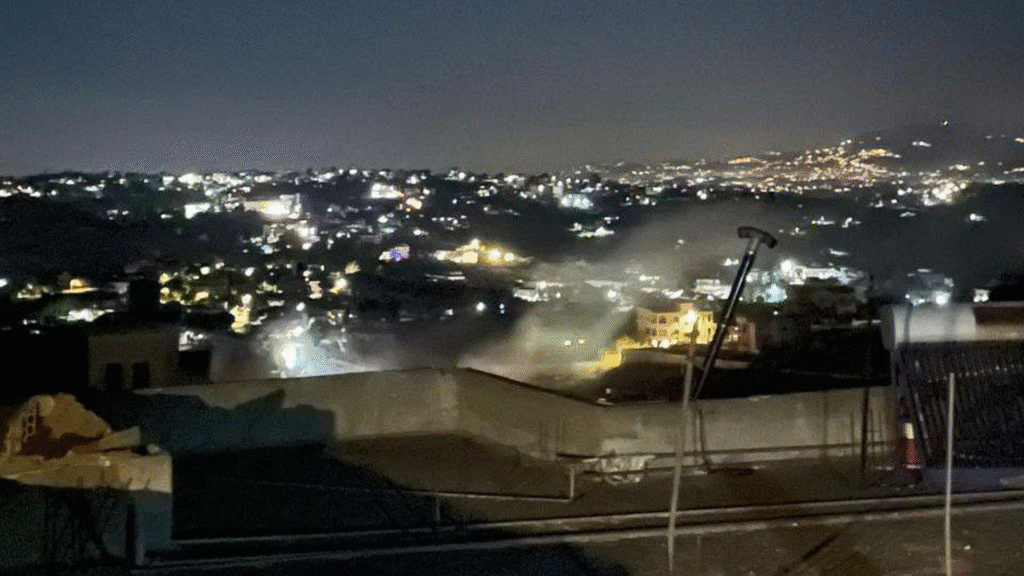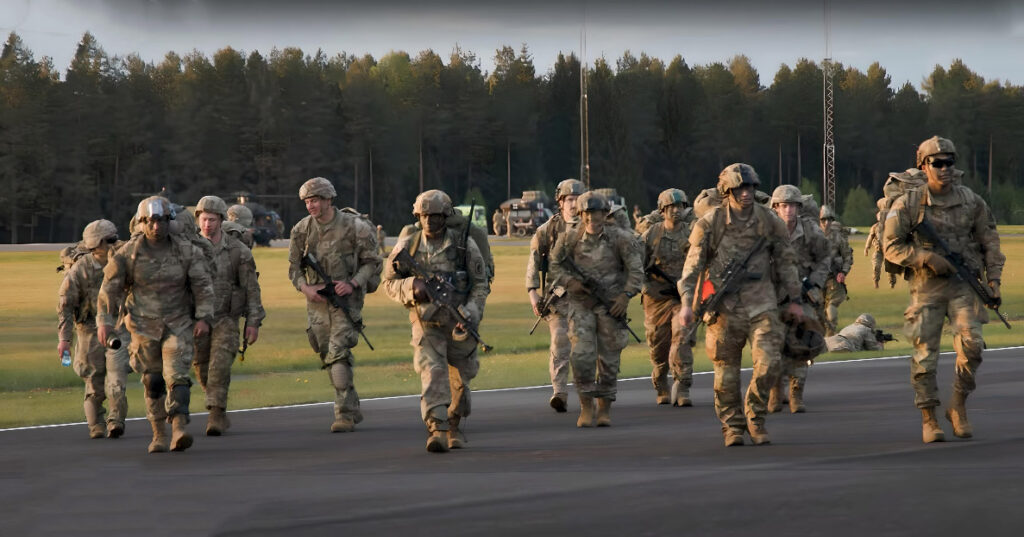On the night of June 21, 2025, the Middle East witnessed a dramatic escalation as Israeli forces launched a series of airstrikes targeting military facilities deep within Iran. The operation focused on ballistic missile storage sites and command centers operated by Iran’s Islamic Revolutionary Guard Corps (IRGC), a powerful branch of the country’s armed forces. This marked a bold and risky move in an already volatile region, raising questions about whether this was a necessary act of self-defense or a dangerous catalyst for broader confrontation.
The strikes came in response to a barrage of rockets fired toward central Israel earlier that night, with approximately ten missiles aimed at Tel Aviv. Israel’s advanced air defense systems intercepted most of the projectiles, but debris from one rocket sparked a fire in a residential building. While no casualties were reported, the incident underscored the constant threat faced by civilians in a region long plagued by tit-for-tat hostilities.
Israeli officials described the airstrikes as a targeted operation, emphasizing the use of precision-guided munitions to limit collateral damage. According to military sources, the strikes were informed by intelligence suggesting Iran was preparing further attacks. The operation was framed as a preemptive measure to degrade Iran’s missile capabilities and signal unwavering resolve to protect national security amid rising tensions.
Iran, however, painted a starkly different picture. State media condemned the strikes as an act of unprovoked aggression, claiming Israel’s actions violated international law and threatened regional stability. Iranian authorities insisted the earlier rocket attack on Israel was a retaliatory strike targeting military sites, prompted by recent Israeli operations, including a reported strike on a key facility in Natanz. The dueling narratives reflect a deep-seated mistrust that continues to fuel the cycle of violence.
The immediate fallout was palpable. Air raid sirens echoed across Israeli cities, sending thousands into bomb shelters. Social media platforms were flooded with videos capturing the glow of intercepted missiles and the roar of fighter jets, offering a glimpse into the anxiety gripping communities on the ground. In Iran, public outrage swelled as state outlets broadcast images of damaged infrastructure, further inflaming anti-Israel sentiment.
Experts warn that the region is slipping into a dangerous spiral. Each strike provokes a counterstrike, each escalation erodes hopes for de-escalation. The latest exchange risks pushing the conflict beyond the controlled skirmishes of the past, potentially drawing in other regional players or disrupting global markets, particularly energy supplies. Both Israel and Iran remain entrenched, each accusing the other of instigating the crisis.
Beyond the region, the international community is growing increasingly alarmed. The prospect of a wider conflict, with its potential to destabilize global energy flows and security, has put diplomats on edge. Yet, as military actions overshadow diplomatic initiatives, the path to resolution appears more elusive than ever.
The intensifying clash leaves a critical question unanswered: can a political off-ramp be found to halt this escalation, or will the region continue to teeter on the brink of a conflict with far-reaching consequences? As the stakes rise, the world watches with bated breath, hoping for restraint in a region where it has often been in short supply.



